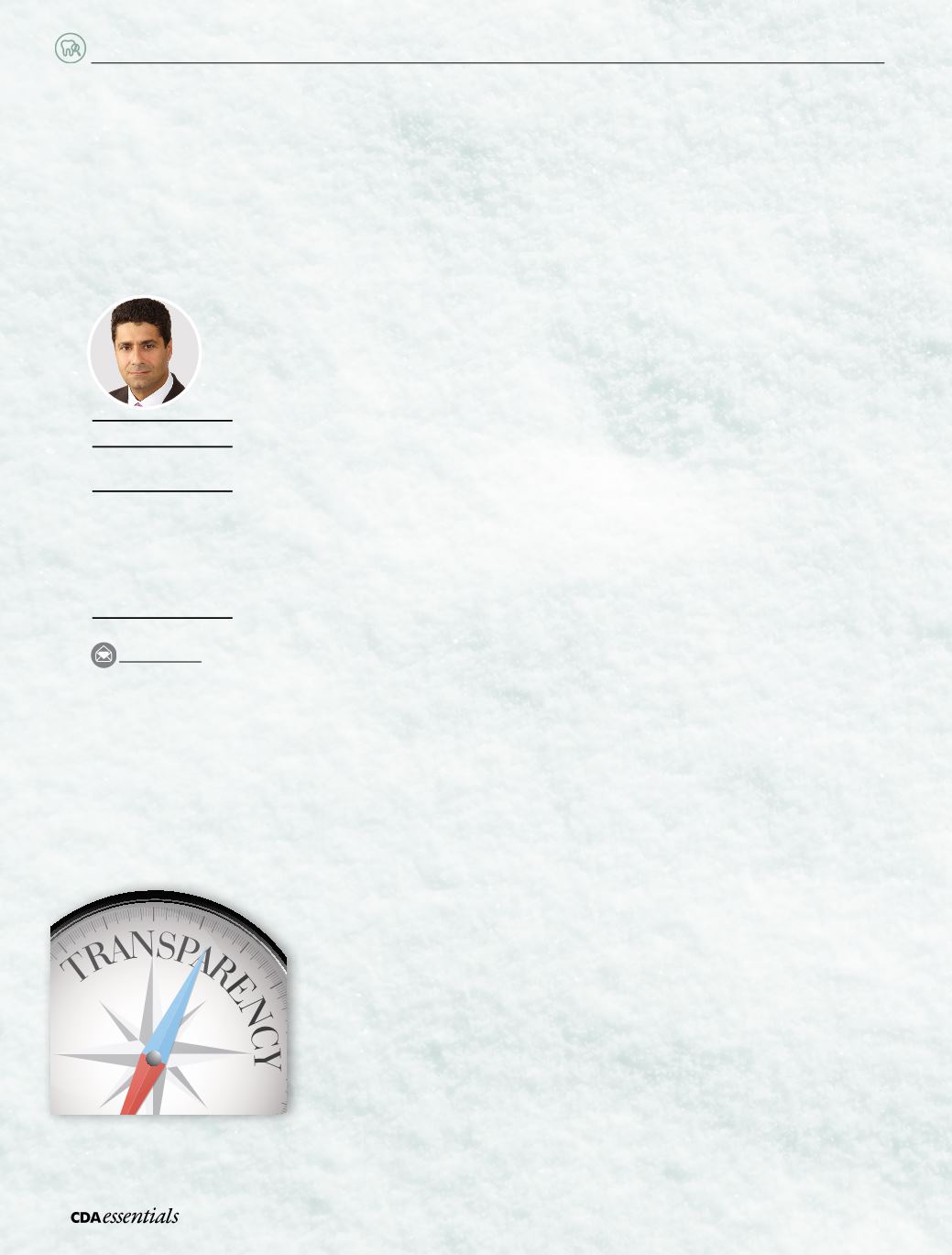

Ron Haik
MBA, CFP
®
, CIM
®
,
FCSI
®
, CIWM
®
,TEP
Vice-President,
Investment Advisory
Services,
CDSPI Advisory
Services Inc.
1-800-561-9401, ext. 6859
rhaik@cdspi.comMost investors are aware of the Management Expense Ratios (MERs) that are charged
by investment fund companies, even if they don’t fully understand where that
money goes. While you don’t pay these expenses directly (they’re deducted from
the fund’s assets before its returns are published), they can have a significant impact
on your funds’ returns. Similarly, some investors have difficulty understanding the
performance of their investments from the reports they receive. New securities
regulations now require investment dealers to provide added clarity to both
management fees and fund performance reporting.
Trailer Fees
A significant portion of the fees included in MERs are trailer fees, which are the
ongoing fees that are paid to the brokerage companies and financial advisors who sell
the funds for the services they provide. They are applied every year to the funds you
hold for as long as you hold them. They can range from 0.25% to 1.5% of the value of
your investment, but are typically about 1% for equity funds and 0.5% for bond funds.
1
It may seem sensible to pay an advisor’s fee for the service of distributing funds and
providing investment advice; however, there is a potential problem with objectivity.
Since trailer fees vary from fund to fund, an investor might reasonably question who is
benefitting most when a particular fund is recommended.
Benefits of Increased Transparency
In response to these and other concerns, new disclosure regulations were recently
implemented by the Canadian Securities Administrators (CSA). Called the Client
Relationship Model, Phase 2 (CRM2), the regulations give clients a much clearer idea
of how much investment dealers stand to gain on each transaction they recommend,
and they allow clients to weigh the cost of advice versus the real rates of return that
accrue from their investments.
What You Can Expect
Investment dealers are now required to provide two reports to investors: an
annual
report on charges and compensation
, and an
annual report on performance
. Since the
third and final phase of CRM2 began on July 15, 2016, investment firms have until
July of 2017 to provide enhanced fee and performance reports. However, many of
them are expected to base reports on the calendar year, so you may receive them
early in the new year. This is what you can expect to see in the near future:
•
The annual report on charges and compensation.
This will comprise a number
of direct and indirect costs related to your account, including the amounts you
paid for:
1. general administration of your account,
2. specific purchases, sales or other transactions,
3. trailer commissions and other fees paid to provide services on your account.
NEWRULES
Increase Investment Transparency
38
|
Volume 3 Issue 6
S
upporting
Y
our
P
ractice
















